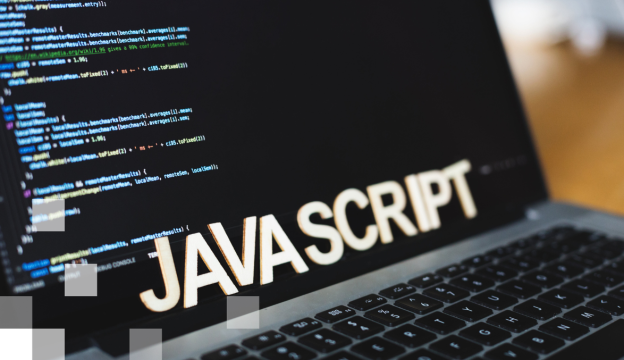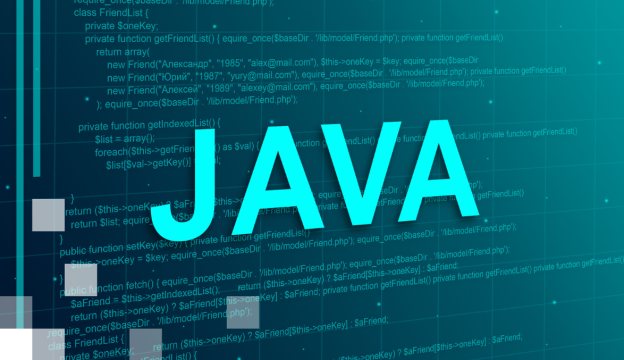MySQL for Beginners
During this course, participants will learn the basic functions of the world’s most popular open source database, learn how to use MySQL Server and the tools offered, as well as gain in-depth knowledge of the use of relational databases.
Course target
- Explain MySQL storage engines;
- Explain database transactions;
- Obtain database metadata;
- Describe MySQL GUI tools;
- Monitor database performance;
- Perform database backup and recovery;
- Export and import database data;
- Describe the features and benefits of MySQL;
- Explain the basics of relational databases;
- Design an effective database;
- Build a database and tables by using SQL Modify or delete database entities;
- Query data with the SELECT command;
- Join data from multiple tables;
- Perform nested subqueries;
- Use built-in MySQL functions.
Audience
- Administrator;
- Database Administrators;
- Database Designers;
- Developer.
At Course Completion you will be able to:
- explain the relational database model;
- describe the features and benefits of MySQL;
- install and configure the MySQL server and clients;
- design efficient databases;
- use Structured Query Language (SQL) to build your database and query data;
- employ appropriate MySQL tools.
Prerequisites
Required Prerequisites:
- Basic computer literacy is required.
Suggested Prerequisites
- Knowledge of database concepts;
- Previous experience with any command-line program.
Training materials
Oracle University Event Learning Subscription.
Certification Exam
Not intended.
Course outline
1. Introduction to MySQL
- Course Goals;
- Course Lesson Map;
- MySQL Overview;
- MySQL Database Server Editions;
- MySQL Products;
- MySQL Services and Support;
- MySQL Resources;
- Example Databases.
2. MySQL Server and Client
- MySQL Client/Server Model;
- Communication protocols;
- MySQL Connectors;
- The LAMP Stack;
- Installation of the MySQL server;
- MySQL Server and Client Startup;
- Keyboard Editing;
- Session Logging With the tee File.
3. Database Basics
- Basics of Relational Databases;
- Spreadsheet Versus Database;
- Entities and Relationships;
- Relationship Categories;
- SQL Language and MySQL;
- SQL data definition language;
- SQL data manipulation language.
4. Database Design
- Database Modeling;
- Structure and Cardinality Diagram (ERD);
- Keys;
- Normalization;
- Database Design;
- Viewing and Evaluating a Database.
5. Table Data Types
- Data Types as Part of Database Design;
- Numeric Data Types;
- Temporal Data Types;
- Character String Data Types;
- Character Set and Collation Support;
- Binary String Data Types;
- Data Type Considerations;
- The Meaning of NULL.
6. Database and Table Creation
- Creating a Database;
- Creating a Table;
- Showing How a Table Was Created;
- Column Options;
- Table Options;
- Table Indexing;
- Table Constraints.
7. Basic Queries
- The SELECT Statement;
- Troubleshooting;
- SQL Modes for Syntax Checking;
- Common SQL Modes;
- MySQL Workbench for SQL Development.
8. Database and Table Maintenance
- Deleting databases and tables;
- Creating a new table using an existing table;
- Confirming the creation of a new table;
- Copying an existing table structure;
- Creating a temporary table;
- Adding, removing and modifying table columns;
- Adding, removing and modifying indexes and constraints.
9. Table Data Manipulation
- Manipulating Table Row Data;
- The INSERT Statement;
- The REPLACE Statement;
- The UPDATE Statement;
- The DELETE Statement.
10. Functions
- Functions in MySQL Expressions;
- Using Functions;
- String Functions;
- Temporal Functions;
- Numeric Functions;
- Control Flow Functions;
- Aggregate Functions;
- Spaces in Function Names.
11. Exporting and Importing Data
- Exporting with a Query;
- Exporting with a MySQL Utility;
- Importing from a Data File;
- Importing with a MySQL Utility.
12. Joining Tables
- Combining Multiple Tables;
- Joining Tables with SELECT;
- Comma-Separated Joins;
- Inner Joins;
- Outer Joins;
- Table Name Aliases.
13. Table Subqueries
- Advantages of Using a Subquery;
- Placement of Subqueries;
- Subquery Categories;
- Subquery Result Table Types;
- Subquery Type/Placement;
- Finding Mismatches;
- Modifying Tables using Subqueries;
- Converting Joins to Subqueries.
14. MySQL Graphical User Interface Tools
- MySQL Workbench;
- MySQL Enterprise Monitor.
15. Supplementary Information
- Storage Engines;
- Creating Views;
- Transactions;
- Retrieving Metadata;
- Performance Schema;
- MySQL Enterprise Backup.
16. Conclusion
- Course Goals;
- MySQL Curriculum Path;
- MySQL Resources;
- Evaluation;
- Final Q&A.
If you want to get more information about this course, contact us by phone +371 67505091 or send an e-mail at mrn@bda.lv.










